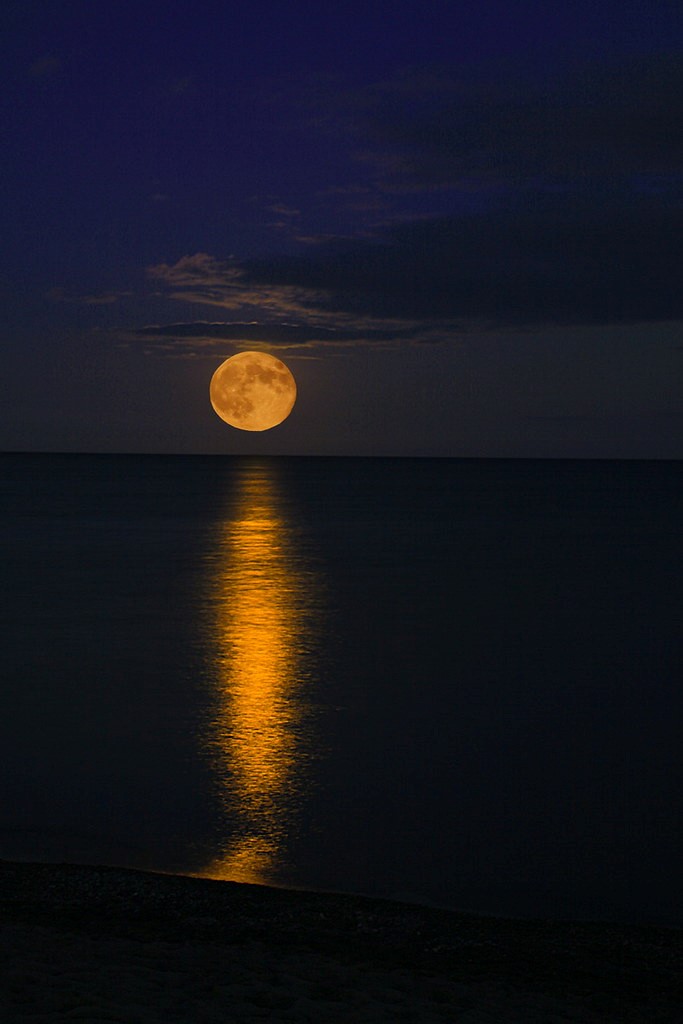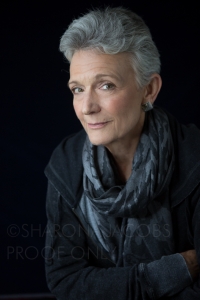What's In A Name?

As soon as anyone hears you’ve written a novel, the first question is either “What’s it about?” or “What’s it called?” I’ve learned that both can be difficult questions to answer.
My novel has been years (truthfully, more like decades) in the writing. A friend, fellow debut novelist and writing group member who hasn’t seen the final manuscript, asked me recently which of the many plot lines he’d heard along the way had survived. Very few made it. Streamlining the plot and eliminating characters left and right affected the answer to what the novel is about. Paring it down was like making a good demi-glace—condensing and concentrating the elements until you’ve got something essential, rich and gooey. That long and sometimes tortured effort of boiling the novel down to essential threads and themes helped clarify what it’s about because even a beloved scene that didn't fit with what it's about had to go. I can now confidently answer that The Moon Always Rising is about the power of love and forgiveness, and the necessity of both for moving beyond any shattering experience.
The answer to “What’s it called?” has been a moving target. My working title (my computer where the novel lives) has always been Queen of the Caribbees, the name given to Nevis because of the outsized sugar production made possible by her fertile volcanic soil. But though the novel is set largely in Nevis, it’s not “about” the island, so that title didn’t sing. After much struggle on my part to weave a compelling title from themes and images in the book—Nevis's marvelous place names, gardenias, jumbies, exile, water as balm and danger, tropical plants, mother-daughter reconciliation, redemption—I remained stumped. A good title, combined with a good cover design, should be intriguing enough to make a reader at least consider reading it. Nothing I had would get my vote.
Then, Rebecca Faith Heyman (http://rebeccafaitheditorial.com/), my brilliant development editor who made two passes through the book and helped me with the aforementioned condensation (read: cleaver, followed by scalpel), suggested The Moon Always Rising. Her inspiration was the final stanza of Dylan Thomas’ “Fern Hill,” one of my all-time favorite poems, which figures in a pivotal scene near the end of the book where Jack’s jumbie recites these lines to Els. You can read “Fern Hill” here https://www.poets.org/poetsorg/poem/fern-hill.
The moon in Nevis is a presence with which I check in nightly. In areas of the island that suffer little light pollution, the moon can seem huge, bright, and very near. While writing The Moon Always Rising I was keenly aware of the moon’s phases; I even worked with a calendar. So, in the scene where Jack recites “Fern Hill,” which take place on December 20, 1999, I knew that the moon was waxing toward full two nights later. This might seem wonky, but my wonder at the natural world that so pervades this book dictated that I take care not to write a full moon night on a date when the actual moon was a mere fingernail, or full moon nights within two weeks of one another.
I hope the title The Moon Always Rising does its job of intriguing and drawing you, like the moon draws the tides, like moon sparkles across the sea, like the light that suffuses so many of my scenes.



.png)

_w200_h/MoonAlwaysRising_final,%20cover(1)_01140613.jpg)